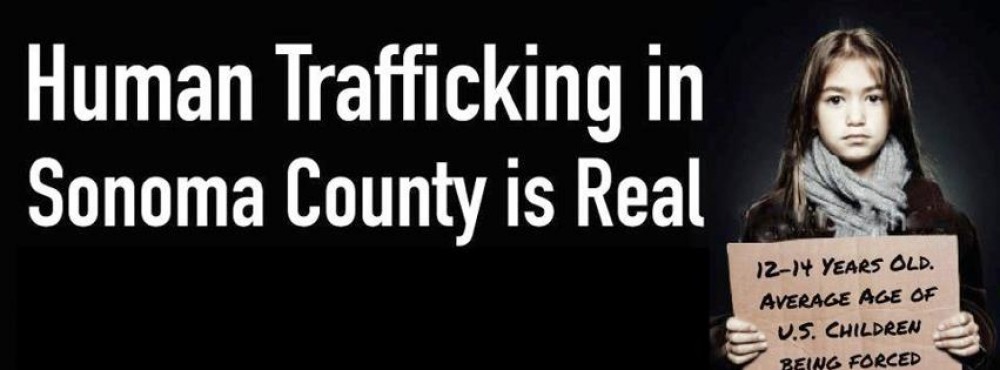April 03, 2012
The Washington Legislature has passed, and Governor Gregoire has signed into law, a bill that would require websites within the state to obtain documentation that escorts advertised there are at least 18.
SEATTLE — For more than three months, she was sold online for sex. She had run away at 15, gone back home, then run away again. Finally, an undercover police officer caught her, and her pimp. This time she went home and stayed, but she was not the same.
“She was a different child after that,” her father said. “It was like she was programmed. She spoke different. She looked different. They cut her hair, they dyed her hair, they bought her new clothes.”
Now 17, the girl is in counseling and in college, “on her way,” her father said.
She is also evidence. When one of the men who raped her was sentenced in February, one of the exhibits that prosecutors used was an advertisement selling her services as an escort on backpage.com. The ad said she was 18.
That same month, the Washington Legislature was debating a bill that would require sites within the state to obtain documentation that escorts advertised there are at least 18. On Thursday, Gov. Christine Gregoire signed that bill into law, the first of its kind in the country.
“It’s a start, and it’s a precedent,” the girl’s father said, “and it will make a difference.”
The Washington law was praised last week by groups working to stop child sex trafficking. Other states, including Connecticut, are considering similar legislation. Yet even some supporters of the law question how effective it will be — paperwork can be easy to fake, after all. And will shutting down one Web site simply prompt another to open? Some also wonder how it will fare against potential legal challenges that it limits free speech.
“It’s a step in the right direction,” said Andrea Powell, the executive director of FAIR Girls, which seeks out and helps girls who have been sexually exploited. “But I don’t think it’s going to be the solution they’re looking for. It might reduce the volume of ads, but the ultimate goal is to shut that section down. There’s no way with an escort section that pimps aren’t going to post there. They’re not going to just stop posting on backpage.”
After public and political pressure led Craigslist to remove its escort sections in 2010, experts say backpage became the biggest mainstream platform for similar ads. Yet unlike Craigslist, backpage, which is owned by Village Voice Media Holdings, says it has no plan to remove its escort sections and it has not ruled out challenging Washington State’s law. The company says that the role it plays is vastly overstated by critics and that it screens and reports ads to try to prevent exploitation of children.
“There’s going to have to be a challenge to it,” said Liz McDougall, general counsel for Village Voice Media Holdings. “Otherwise it would effectively shut down an enormous portion of the Internet that currently permits third-party content.”
Ms. McDougall said the law could potentially affect Web site forums and chat rooms that are unrelated to escort sites, but where illicit content might be reposted. She also made arguments that even some law enforcement investigators make, that some sites that promote child sex trafficking can lead investigators and advocates to victims and their abusers.
That argument falls flat for many advocates.
“That just doesn’t work because, of course, they’re causing far more harm than they’re helping prevent,” said Washington State’s attorney general, Rob McKenna, a Republican who is running for governor. “There’s no excuse for being part of the problem.”
Human trafficking has been a prominent issue in Washington State for at least a decade. Following a series of high-profile trafficking-related episodes beginning in the 1990s, Washington passed the first state law, in 2003, to criminalize human trafficking. In 2010 it significantly increased prison sentences for child sex-trafficking. Last year, Mayor Mike McGinn of Seattle pulled city advertising from The Seattle Weekly, which is owned by Village Voice (but requires age verification for escort ads that run in print). Mr. McKenna, the current president of the National Association of Attorneys General, made the issue the centerpiece of the group’s meeting here last week.
He and others say they want Congress to amend the federal Communications Decency Act. The act, passed in 1996, provides broad free-speech protections for Internet sites that opponents of trafficking say did not anticipate the way the Web is now used — but that could make the Washington law vulnerable in court.
State Senator Jeanne Kohl-Welles, the sponsor of the new law, said she and others spent more than a year working on language that the American Civil Liberties Union and some newspaper groups eventually supported.
“We provide the means for them to have an affirmative defense,” Ms. Kohl-Welles said of the escort sites. “That is, if they can document they verified the age of the individual being portrayed. We think that’ll do it.”
Ms. McDougall, of Village Voice Media Holdings, said it “took some convincing” before she recently agreed to take her job, because she also had questions about backpage. But she also questioned the need for the new Washington law.
“If we’re not already the industry leaders based on what we’re doing, we are going to be the industry leaders in fighting trafficking online,” Ms. McDougall said. “My goal is to get us there.”
Adapted from “Washington is First State to Take on Escort Sites,” The New York Times, 1 April 2012.

